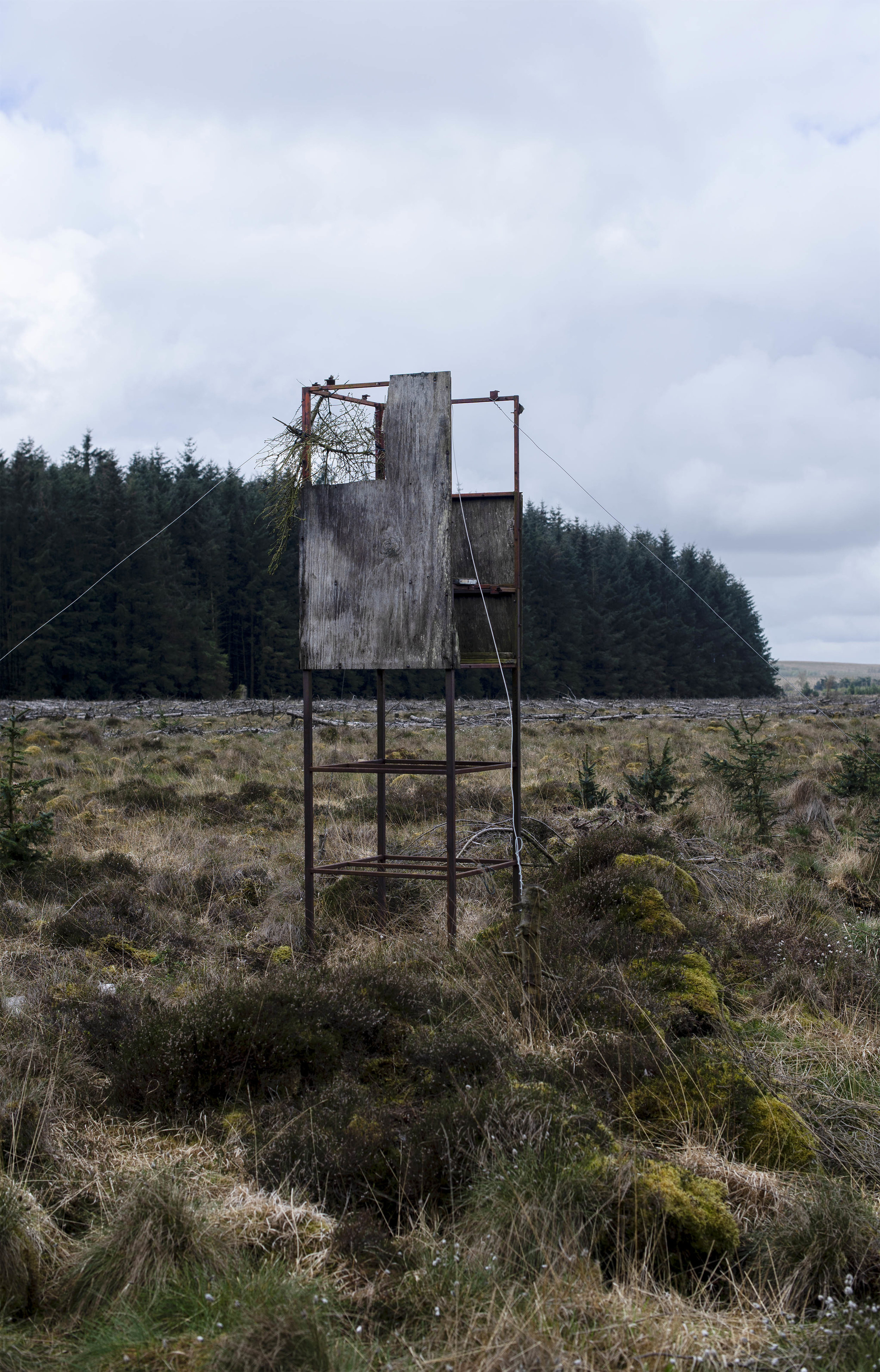Iain Richards
Scotland has a long tradition of deer stalking. As there are no longer any natural predators to deer since wolves were hunted to extinction across Britain, deer stalking has been used to control the deer population and as a source of meat for centuries. The control of the deer population is necessary as large populations can have a detrimental effect on the landscape and the natural ecosystem of an area. This can undermine efforts to establish or regenerate woodland, which are key habitats for other forms of wildlife.
The act of deer stalking itself is and extremely slow and methodical one. Each step taken has to be placed very carefully, making sure not to make too much sound as you move through the undergrowth, whilst constantly scanning the landscape for the subtlest signs of deer; a flick of an ear or the flash of its white rump between the lines of trees. A huge amount of skill is needed to successfully stalk a deer, but you also need luck. Sometimes you don’t see any, other times they see you before you see them and then, if you are fortunate enough, you see one which allows you to take up a safe shooting position and place an accurate shot which takes the deer before it even hears the crack of the rifle.
Deer stalkers like Iain are meticulous in the way that they hunt, every measure is taken to ensure that minimal suffering comes to the deer and that everything is done safely. Iain makes sure that as little of the deer is wasted. During the gralloching, the gutting of the deer, he checks that the animal is free from diseases and then leaves the guts to be eaten by wildlife even taking the precaution of using bullets without lead to ensure that lead poisoning is not introduced into the food chain. Finally, he takes the carcass home were it is cleaned and butchered so that the meat can be enjoyed with his family and friends.





